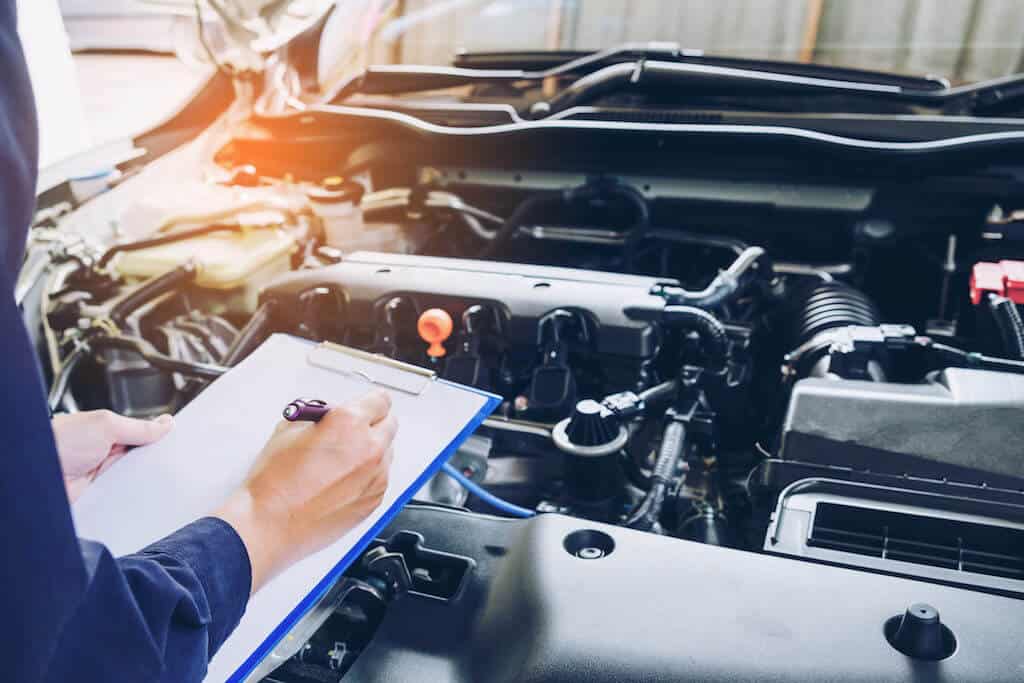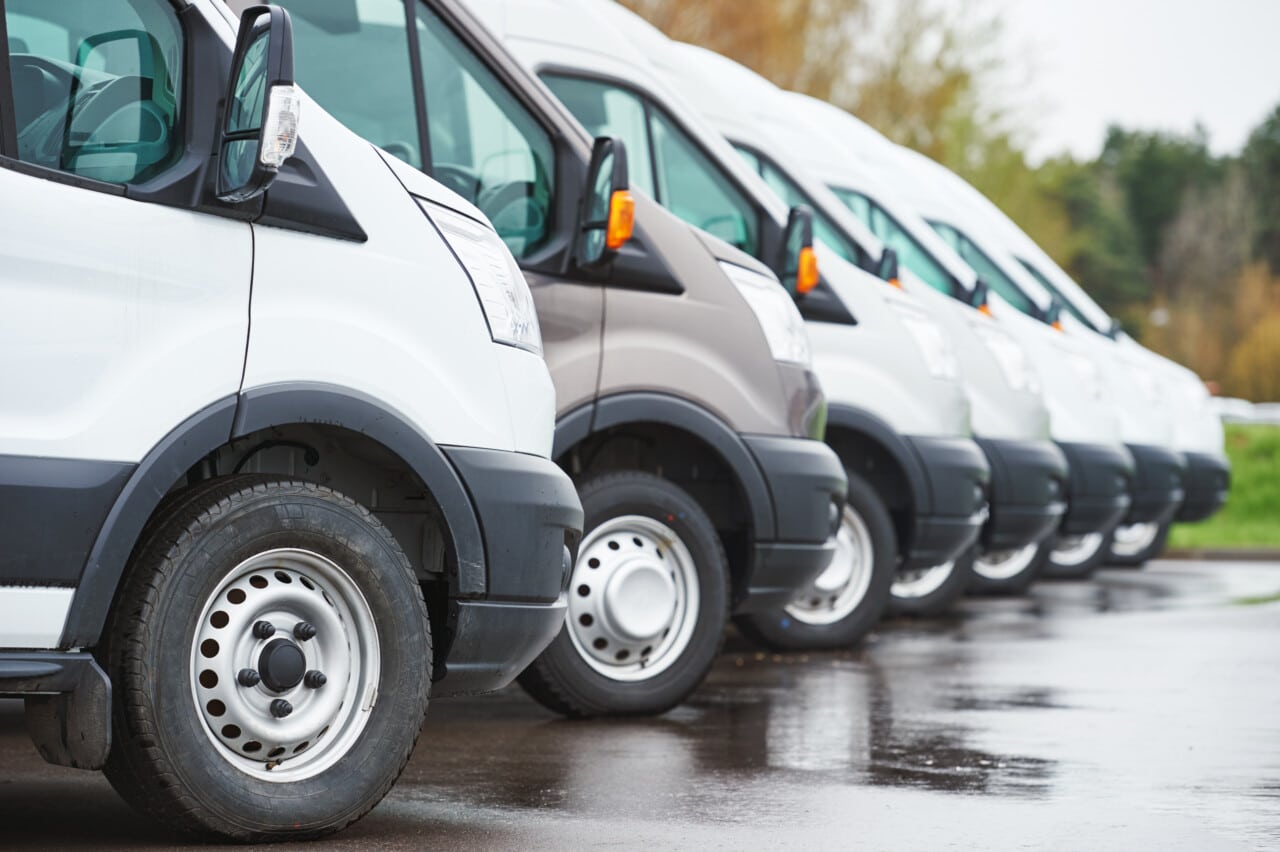
If you operate a commercial fleet of vehicles, you already know how vital business roadside assistance is. When a vehicle breaks down, the result can be costly delays, customer dissatisfaction, and safety risks for your drivers. Just imagine, for example, a delivery truck breaking down in the middle of a crucial route, disrupting the schedule and creating a domino effect of delays. That’s where fleet roadside assistance comes into play, offering a lifeline for commercial vehicles when they need it most.
In this blog, we’ll peer under the hood to take a closer inspection of just how important reliable roadside assistance can be for your business.
Understanding Fleet Roadside Service for Businesses
As you’re probably aware, roadside assistance is a service that’s designed to help drivers when their vehicle experiences a breakdown or other issues on the road. For businesses, especially those with commercial fleets, having reliable roadside assistance is invaluable, ensuring that any vehicle-related problems can be swiftly addressed. This both minimizes downtime and helps to maintain business continuity.
While there are plenty of options out there, Best Roadside Service is one of the most trusted names in the industry, known for offering a comprehensive and dependable fleet roadside solution that is tailored to meet the needs of both B2B businesses and individual customers.
Why Fleet Roadside Assistance is Crucial for Commercial Vehicles
Vehicle breakdowns can cause significant disruptions in business operations, leading to delayed deliveries, missed appointments, and compromised customer satisfaction. The financial impact of unexpected breakdowns is also considerable, with costs accumulating from towing, repairs, and potential lost revenue. Having a roadside assistance plan in place mitigates these expenses by providing timely and efficient services. Additionally, ensuring the safety and well-being of drivers is paramount. Roadside assistance offers the necessary support during emergencies, enhancing drivers’ confidence and overall job satisfaction.
Services Offered by Best Roadside Service
Best Roadside Service offers a comprehensive range of services to keep your commercial fleet running smoothly, including:
- Towing and Recovery Services: Quick and efficient towing services will transport your vehicle to a safe location or repair facility.
- Tire Replacement and Repair: Assistance with flat tires, including replacement and repair, ensures your vehicles are back on the road quickly.
- Battery Jump-Starts: Minimize downtime by receiving fast response for dead batteries.
- Fuel Delivery: Emergency fuel delivery if your vehicle runs out of gas.
- Lockout Services: Assist with vehicle lockouts to ensure your drivers can get back on the road without delay.
- Minor Mechanical Repairs: Avoid the need for towing with on-the-spot minor repairs to address immediate issues.
- Personal Assistance: Support for drivers in need of personal assistance during breakdowns.
- Flexible and Customizable Plans: Tailored assistance plans to meet the specific needs of your business.
Choosing the Best Business Roadside Assistance Provider
When choosing the best business roadside assistance provider, you need to consider a couple of key factors. Response time is the most important factor in minimizing downtime, while having an extensive coverage area that matches up with your operational routes is a close second. And since your fleet operates day and night, having 24/7 availability is another essential aspect. Additionally, evaluating the provider’s reputation and the quality of their customer service is important, as is comparing the costs and benefits of different plans to find the best value for your business.
Best Roadside Service, for instance, has a nationwide average response time of just 58 minutes, extensive coverage options, competitive pricing, and a reputation for quality customer service, all of which offer the benefit of reduced downtime, improved driver satisfaction, enhanced fleet management, and considerable cost savings.
5 Tips for Implementing a Fleet Roadside Solution for Your Business
- Assess Fleet Needs: Evaluate your fleet’s specific needs to choose the right roadside assistance plan.
- Budgeting: Allocate the budget for roadside assistance as a necessary operational expense.
- Driver Training: Train drivers on how to use roadside assistance services effectively.
- Regular Reviews: Periodically review and update your assistance plan to ensure it meets evolving needs.
- Leverage Expertise: Utilize Best Roadside Service’s expertise and support to optimize your roadside assistance program.
Investing in a reliable roadside assistance program is crucial for maintaining the efficiency and safety of your commercial business fleet. Offering comprehensive, customizable plans that provide peace of mind and support for your business operations, Best Roadside Service ensures prompt assistance during vehicle breakdowns so you can minimize downtime, reduce costs, and enhance driver satisfaction.
Learn more about our commercial roadside assistance and get started with a free quote—we’ll match you with the right business roadside assistance for your fleet. And remember: when you call us, we’ll answer in under 30 seconds, and our technicians’ average ETA is under one hour!






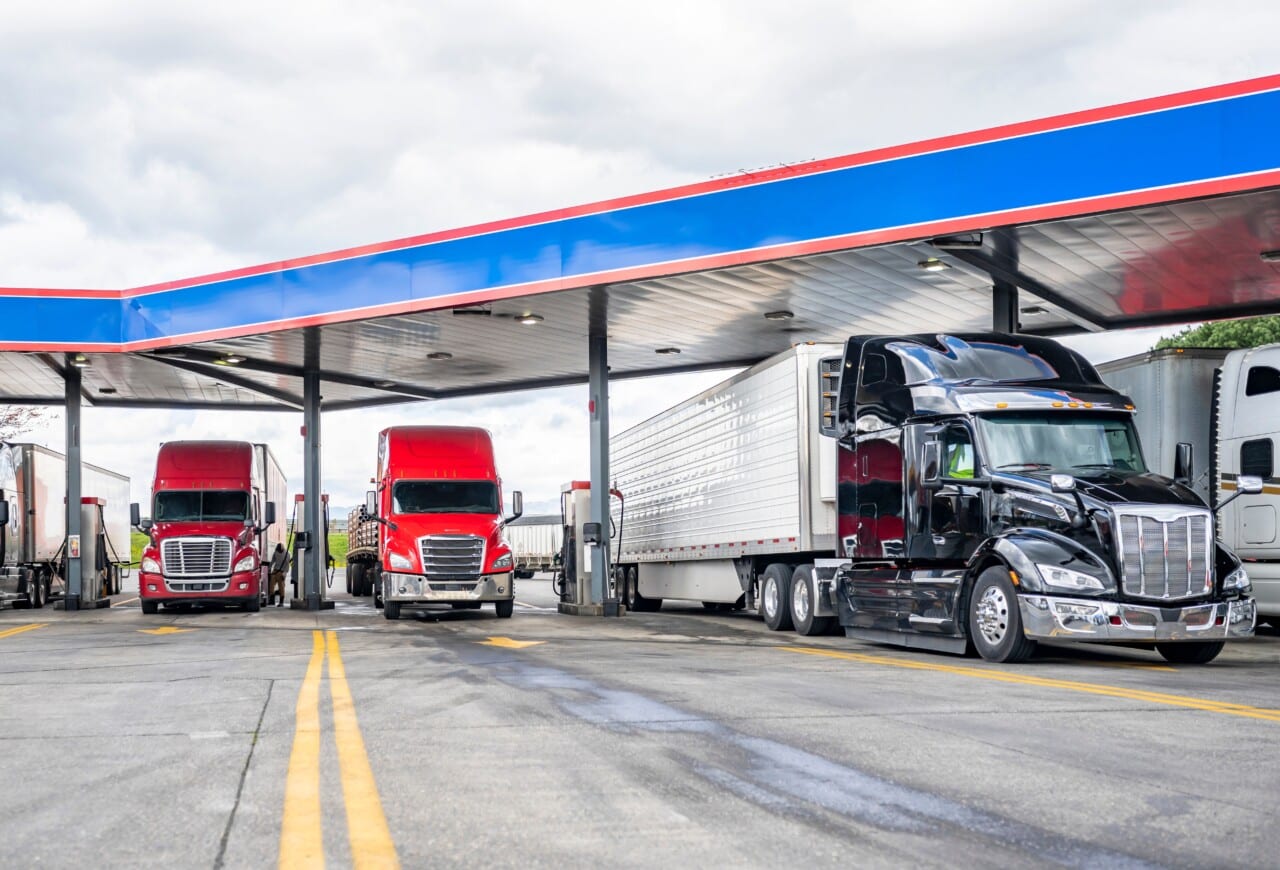
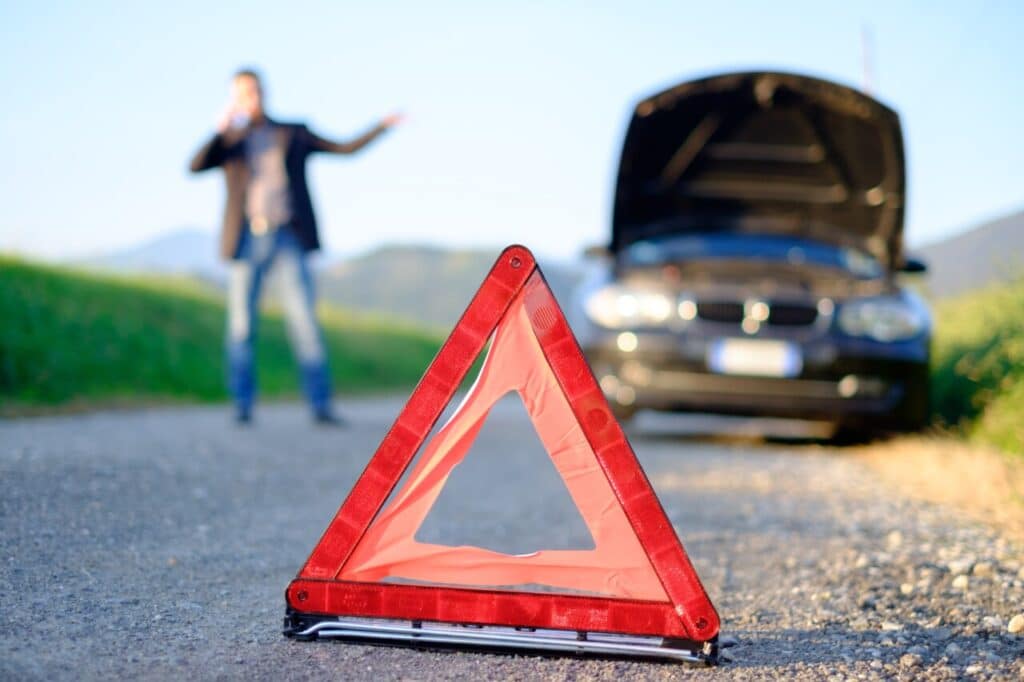
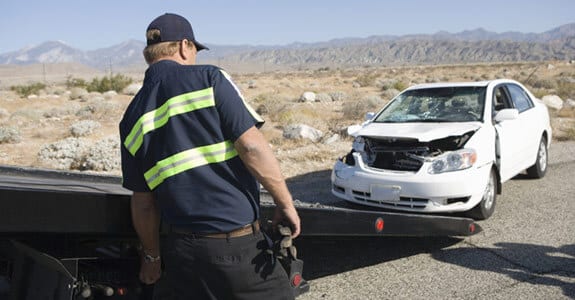

 Despite being early into the new year, there are many, new trends for
Despite being early into the new year, there are many, new trends for 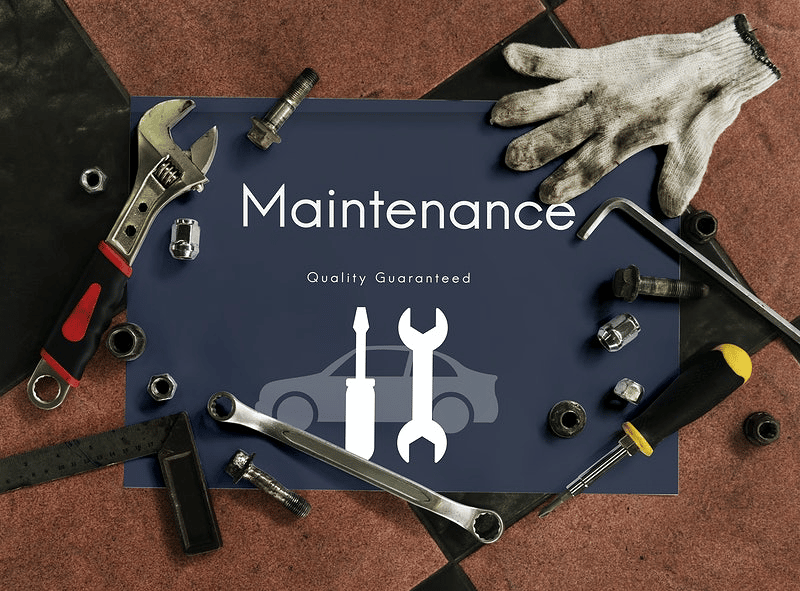
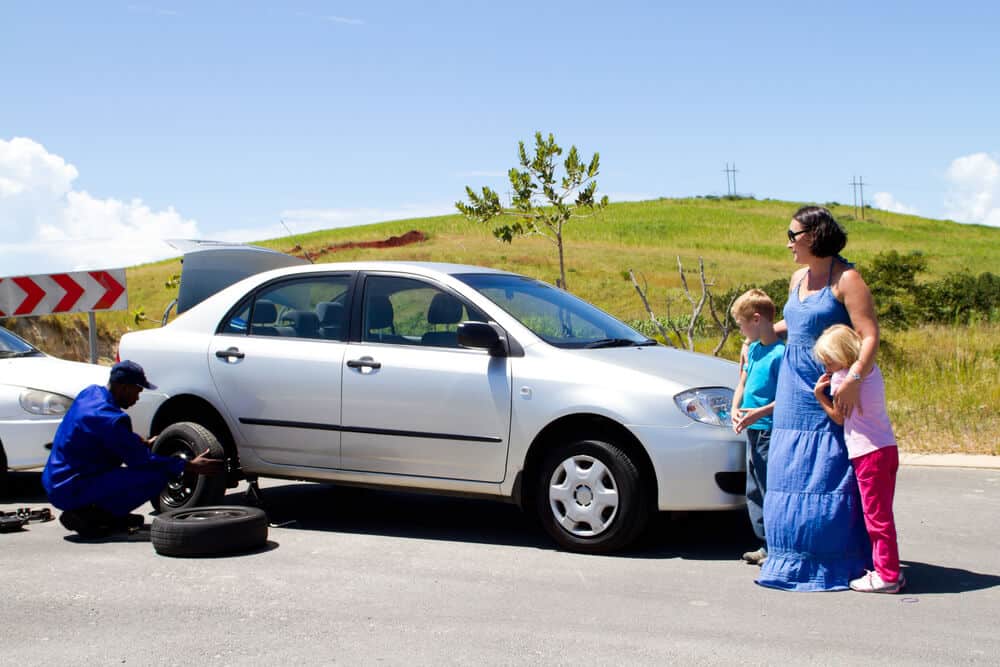 So,
So, 